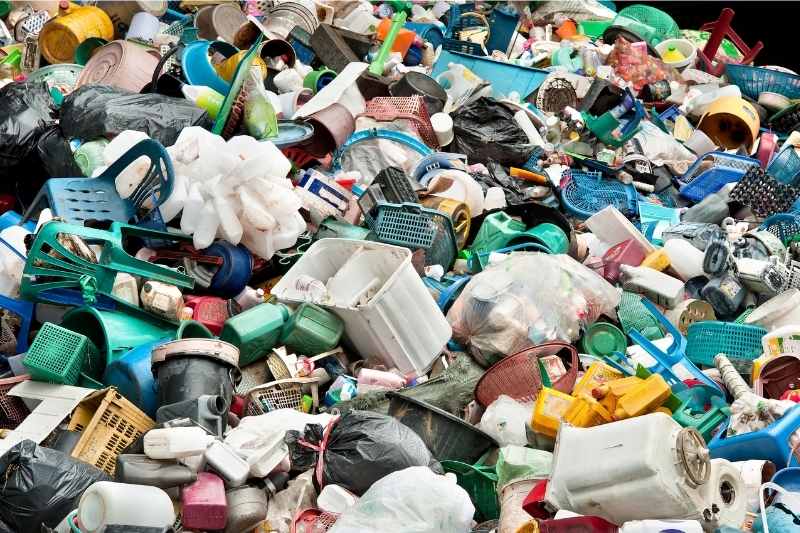Climate Change From Top-Down and Bottom-Up
This article highlights how dire our climate crisis is and shares insights from young activists Greta Thunberg and Alexandria Ocasio-Cortez.
Read More
Select Page
This article highlights how dire our climate crisis is and shares insights from young activists Greta Thunberg and Alexandria Ocasio-Cortez.
Read More




